Billy Elliot - Part 2 Summary (0:28:14 - 0:55:12) - Flying Through Film Series
Flying Through Film Series - Stephen Daldry - Billy Elliot | English
 7:00
7:00
Guide for Students
Gain VIP access to the secrets of the silver screen! Our Flying Through Film series takes the hard work out of film analysis. It’s the backstage pass you’ve always wanted!
We’ll introduce you to important films using easy-to-follow analysis and cool visuals. For each film, we provide videos on:
• Plot summary
• Context
• Five key themes
• Building body paragraphs
For films that are prescribed by the HSC syllabus, we offer additional videos that teach you how to analyse the film in relation to the unit you’re studying. We make sure you’ve got everything you need to ace your assessments!
Each video is a high-quality production, incorporating cool visuals and helpful annotations to help you follow along.
Before you get started, we recommend you watch our English Essentials series. Check out the Flying Through Film videos to learn about the range of techniques filmmakers use to spin their magic!
Here’s how to get the most out of our videos:
1. Watch them before you start studying the film
Get ahead on your schoolwork! Watch our lessons in the holidays or a few weeks before studying the film in class. Watch our plot summaries to get a sneak peek or learn about the context of the film.
Take notes as you watch each video. Create a timeline of events and a profile of each character. Maybe you could map out the plot of the film according to the classic ‘three act’ film structure.
You can also watch our lesson on the five key themes in the film. Start unpacking the big ideas and developing your analytical skills.
2. While your class is studying the film
You can watch our plot summaries a few days before studying a specific scene or section of the film in class. That way, it’ll be easier to remember the characters and follow the events.
Check out our five videos on the key themes in the film! Watch these when your teacher starts handing out homework and assessment notifications. We’ll analyse lots of textual evidence, so you’ll encounter a range of cinematic techniques.
If you need to revise a specific technique, you can always check out the Flying Through Film videos in our English Essentials series. This series will teach you all about the language of film, giving you more confidence for the classroom.
Our English Essentials - Flying Through Film series (Stages 4-6) teaches you the secrets of filmmaking, including:
• film narrative structure,
• cinematography, including shot types, angles and camera movement,
• editing,
• music, sound and dialogue,
• the conventions of genre, including comedy, drama, horror, science fiction, film noir, thrillers and spaghetti westerns,
…and much more! We cover everything you need to know to master any film studies unit in high school!
What if you’re stuck on a theme or other aspect of the film after covering it in class? You can always watch our lessons to fill any gaps in your understanding. We recommend taking notes as you watch the video. Maybe you want to record specific quotes or add extra thoughts to the analysis. Create an analysis table of the quotes, techniques and links to context and themes!
You might even note down a question to raise with your teacher later on. No doubt your class will appreciate your contributions to open discussions now that you’ve got the advantage of our Flying Through Film series!
3. When preparing for an assessment
Feel free to watch our videos to revise for upcoming assessments.
If you’re preparing to write an analytical response or essay, brush up on the key themes in the film. You’ll need them to tackle your school assessments.
But how do you turn your analysis into perfect paragraphs? Check out our two videos on Building Paragraphs. We transform our detailed analysis into structured paragraphs, guiding you through the steps of choosing evidence and placing it into a logical sequence.
Check to see if the series includes syllabus-specific analysis. For example, in addition to the Building Paragraphs lessons, we also have videos that show students how to analyse films for the HSC Modules. We guide you through the analysis and show you how to link it to the key ideas in the rubric.
Guide for Educators
As educators, we’re always finding ways to help students become more independent learners. When it comes to film studies, students are always keen to watch the film, but often reluctant to engage in their own, rigorous analysis of it. While they enjoy the visual medium, there can sometimes be a disconnect when it comes to applying the metalanguage of film studies.
Schooling Online seeks to support you in the amazing work you do every day. Our videos are designed to give students the confidence to actively engage in lessons and take control of their own learning.
Here’s how to get the most out of our videos:
1. Integrate our videos into your school’s English curriculum
Our online lessons cover a range of significant films. These include films prescribed by NESA for the HSC syllabus. You’ll also find films recommended by NESA for the K-10 syllabus. Our lessons are also valuable for the International Baccalaureate Diploma Programme and other secondary English syllabi.
We recommend that you integrate our videos into your lesson plans and teaching programs. This will add another meaningful resource to your arsenal and assist you in the complex, recursive process of teaching a film. Our videos explain the key themes and contextual influences of each film. They also cultivate valuable skills needed for detailed analysis of cinematographic techniques. Our vibrant animations and clear commentary will your students meet their learning outcomes with ease and enjoyment.
Sign up your school with Schooling Online and set lessons for students to watch in class or at home.
2. Introducing students to a film
We know that students struggle to unravel the subplots, character arcs and complex cinematographic techniques that appear in films. So how can we help? Our English Essentials - Flying Through Film series gives you detailed, rigorous teaching material and full flexibility. Depending on the skills you want to target and the Stage they’re at, the series will help your students master:
• film narrative structure,
• how films make meaning and link to modern culture,
• music, sound, dialogue and lighting,
• cinematography, including shot types, angles and camera movement,
• editing, including transitions and shot duration,
• characterisation,
• the conventions of genre, including comedy, drama, horror, science fiction, film noir, thrillers and spaghetti westerns,
• salience,
• mise-en-scene,
• proxemics and the use of space,
• props and costuming,
• symbolism and motif,
• setting,
• verisimilitude,
• types of focus,
• hyper-realism and surrealism,
• foreshadowing, and
• juxtaposition.
The detail and complexity of our lessons increase for each Stage. This allows you to cater for your students, whether it’s introducing them to the language of film, consolidating prior learning or enhancing their skills and knowledge in senior years.
For each film, we offer an overall plot summary and additional videos summarising parts of the film in more detail. We also dedicate one lesson to exploring the film’s context to encourage greater understanding of the interconnectedness of life and art. Students can watch these videos before class or you can play these videos in class to introduce the storyline. You could use the videos to spark discussion, practise notetaking skills or as the basis for an in-class task.
Our videos make excellent, manageable items of homework. That way, class time can be reserved for robust discussion, group work and writing tasks. Allocate our videos for home viewing to give students a strong foundation in the unit, greater independence and more confidence in the classroom.
3. Help students to critically analyse the film
Our videos equip students with the essential skills needed for analysing film. The principles of cinematographic techniques are presented using engaging visuals and relatable examples.
For each film, we spend five lessons analysing five key themes and relevant textual evidence. We show students how to identify structural forms and features using a broad range of examples.
Not only will we teach your students how to analyse a film, but we also show them how to write critically and analytically about it. Over two additional lessons, we weave our analysis together and transform it into body paragraphs. We want to equip students with the vital tools for writing eloquent essays and extended responses.
If the film is a prescribed text for the HSC, we will offer additional syllabus-specific videos. We demonstrate how to analyse the film through the conceptual lens of NESA’s rubrics, linking key examples to each aspect of the unit description.
Turn your classroom into an interactive learning environment by watching the videos in segments. For the videos we just mentioned, we recommend pausing the video after a new idea has been analysed. This is the perfect time to open discussion with your class, allocate some small group work, or set an individual writing task.
You can check your students’ understanding an actively engage them using these discussion/short response questions:
• How did the filmmaker portray a certain character?
• How did the filmmaker establish and develop a specific theme? What message or values is he/she trying to convey?
• How did the filmmaker portray the setting of the film?
• Where can you see the contextual influences in the world of the film?
• How did the filmmaker develop a relationship between certain characters?
• How did the filmmaker keep you engaged using the ‘three act’ structure?
• Did the filmmaker manipulate the structure of the film in any way? Why do you think they did that?
• How did the filmmaker use subplots?
• Did you find the film engaging or relatable? Why/why not? How does your own context influence your reaction to the film?
Feel free to use our videos as resources for the following class activities. Students may:
• Compose an additional scene to be included in the film, perhaps an alternative ending
• Compose a diary entry or letter from the perspective of one of the secondary or ‘silenced’ characters
• Make notes that follow key events in the film, plotted visually using the classic three act film structure
• Create a movie poster that captures the tone or atmosphere of the film
• Compose an interview with the filmmaker about the making of the film and its contextual influences
• Compose a film review using persuasive language techniques
• Compose a multimedia film trailer incorporating sound, voice and image
• Compose a discursive piece that explores an important idea in the film and offers insight or a fresh perspective
• Engage in further research about the context of the film, including the filmmaker’s personal & professional influences
• Create a summary of key quotes relating to a major theme
• Compose a paragraph or extended response analysing themes and values
The clear, conversational style of our voice-over is also a good example of discursive writing. Not only will your students benefit from the analysis offered in our videos, but they could also note down some of the discursive language techniques we use in our commentary. This is a valuable form of compound learning you can utilise if an upcoming film studies assessment task involves a discursive piece.
4. Use our videos for internal and external assessment preparation
Our videos help students revise with ease and confidence!
We recommend playing the videos in class to refresh students’ understanding of the film. Alternatively, students can watch the lessons at home as part of a structured regime of revision. We’re just a click away!
We want students to go beyond rote-learning the material. Our videos help students understand each example through vibrant visuals and commentary. This will help them commit the content of the lesson to memory, which can be consolidated through revision and focussed writing.
Our videos help students to interpret the film in their own way, at their own pace. They can re-view our analysis as many times as they need to help them craft sophisticated thesis statements for their assessments.
Our videos can provide a basis for the following revision activities. Students may:
• Discuss how to approach an assessment task, such as how to structure an extended response
• Write practice paragraphs for peer assessment
• Create study notes with textual analysis on context, characters and themes
• Research and incorporate the contextual influences into their study notes
• (For NSW Stage 6 students) Create study notes that link their analysis of the film to key terms in the NESA rubric
Billy Elliot - Part 2 Summary (0:28:14 - 0:55:12) - Flying Through Film Series
0Billy defies his father and continues taking private ballet lessons. Not only is Mrs Wilkinson offering him free lessons, but she also wants him to audition for the Royal Ballet School in London! They start training and preparing Billy for his audition. When the big day arrives, Billy’s brother Tony is arrested, and Billy’s plans go out the window. Has Billy blown his chance?
Watch our summary of Billy Elliot Part 2 to find out what happens.
⏰ 0:28:14 - 0:55:12



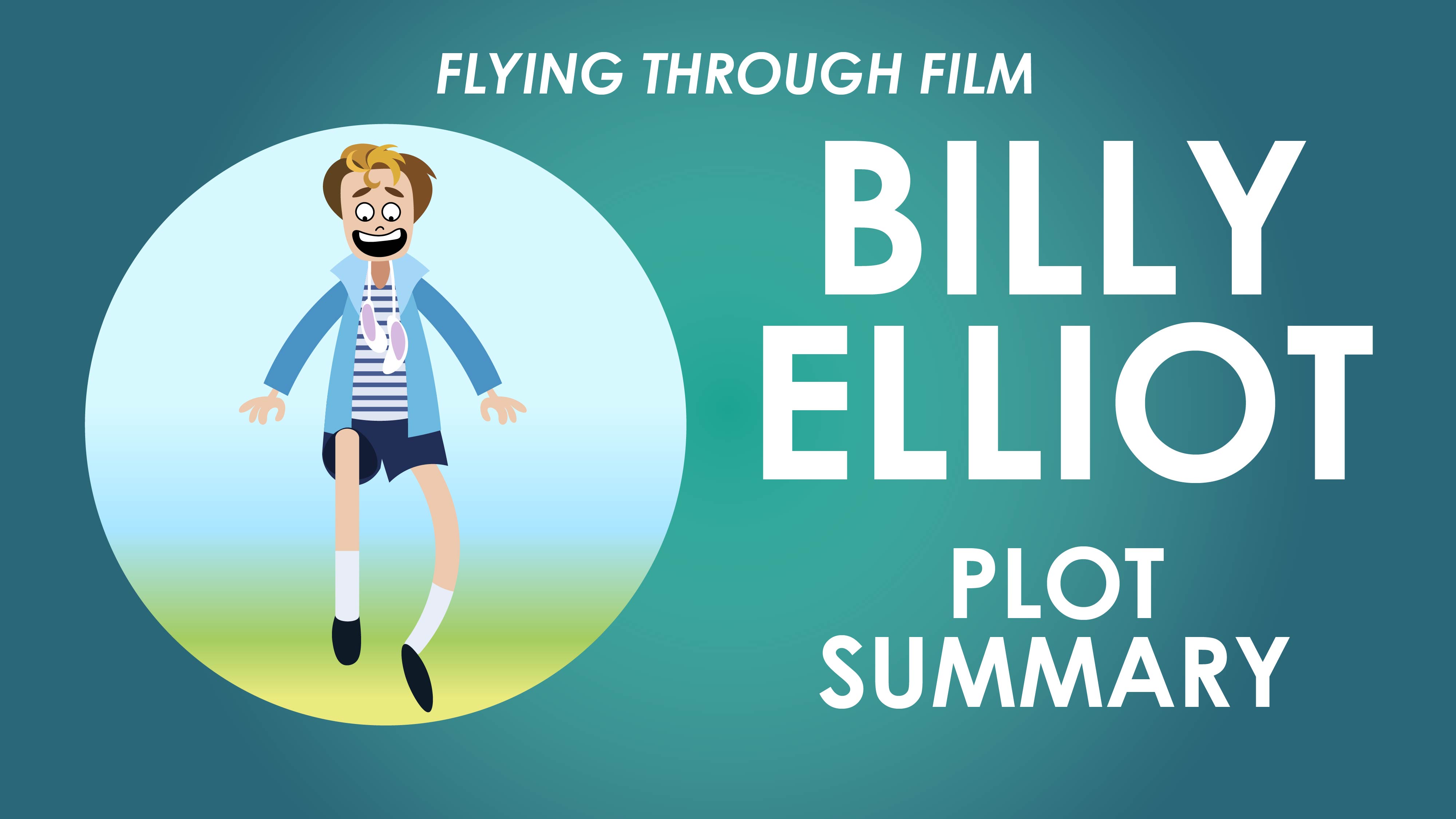
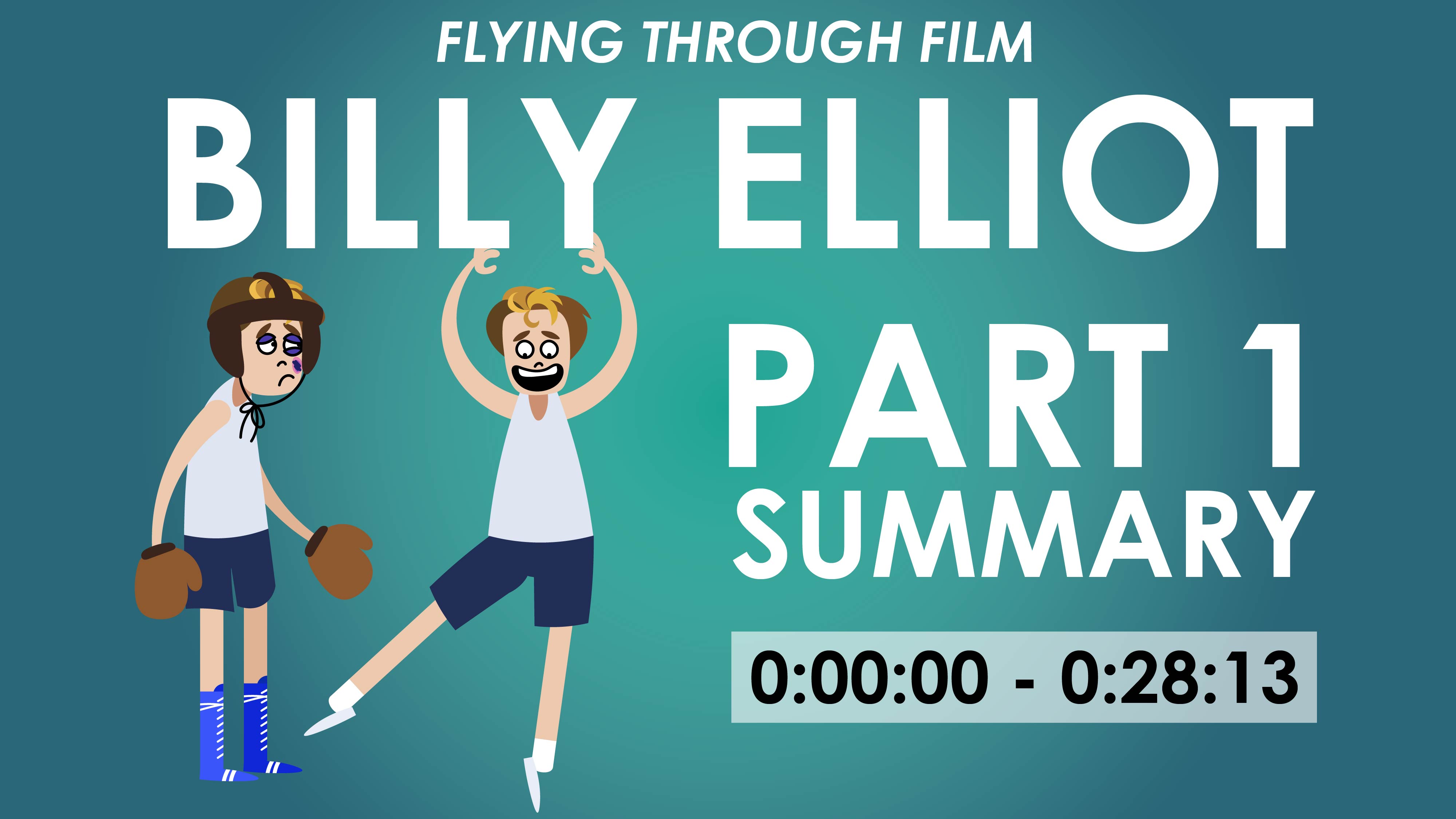

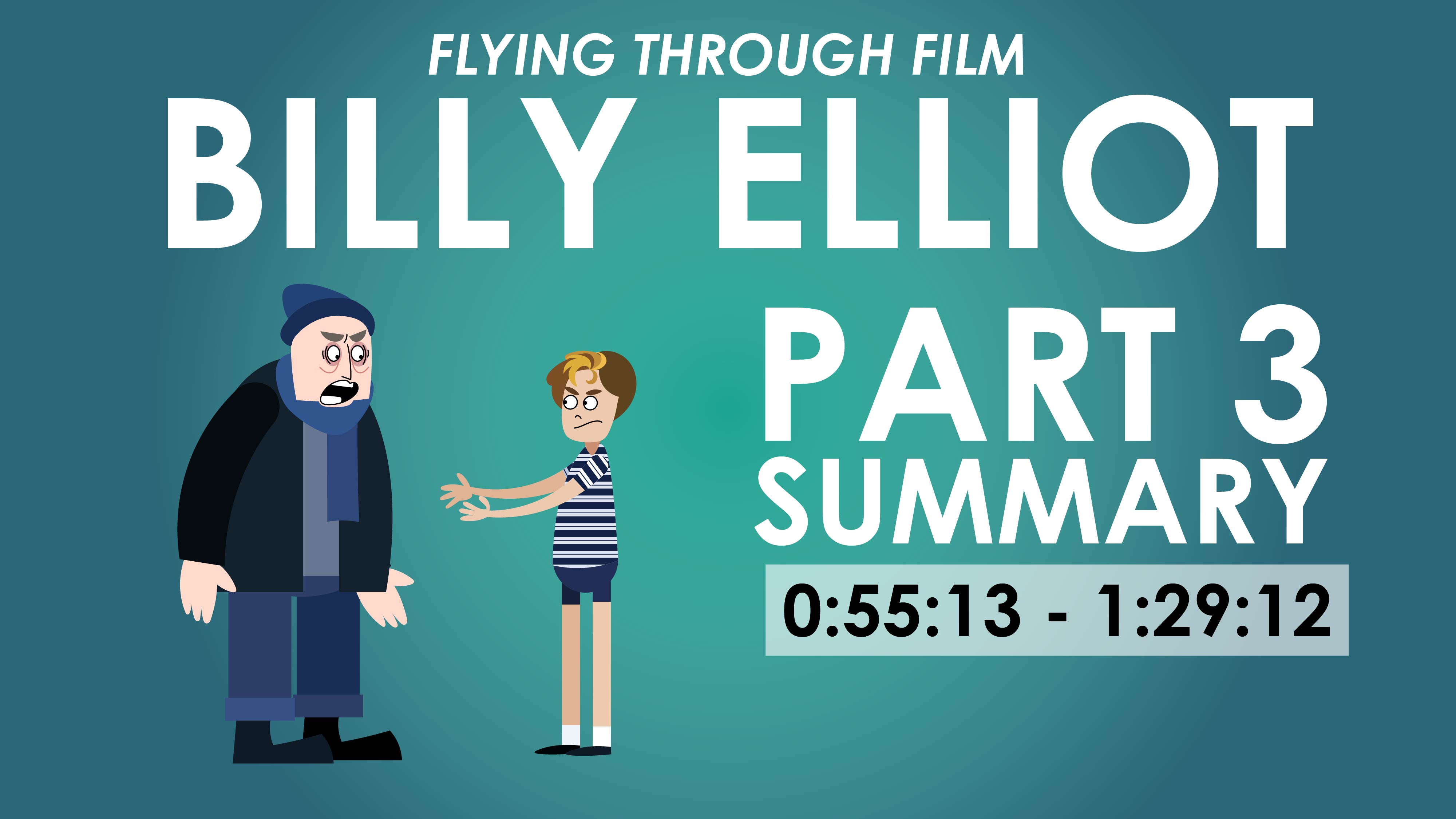
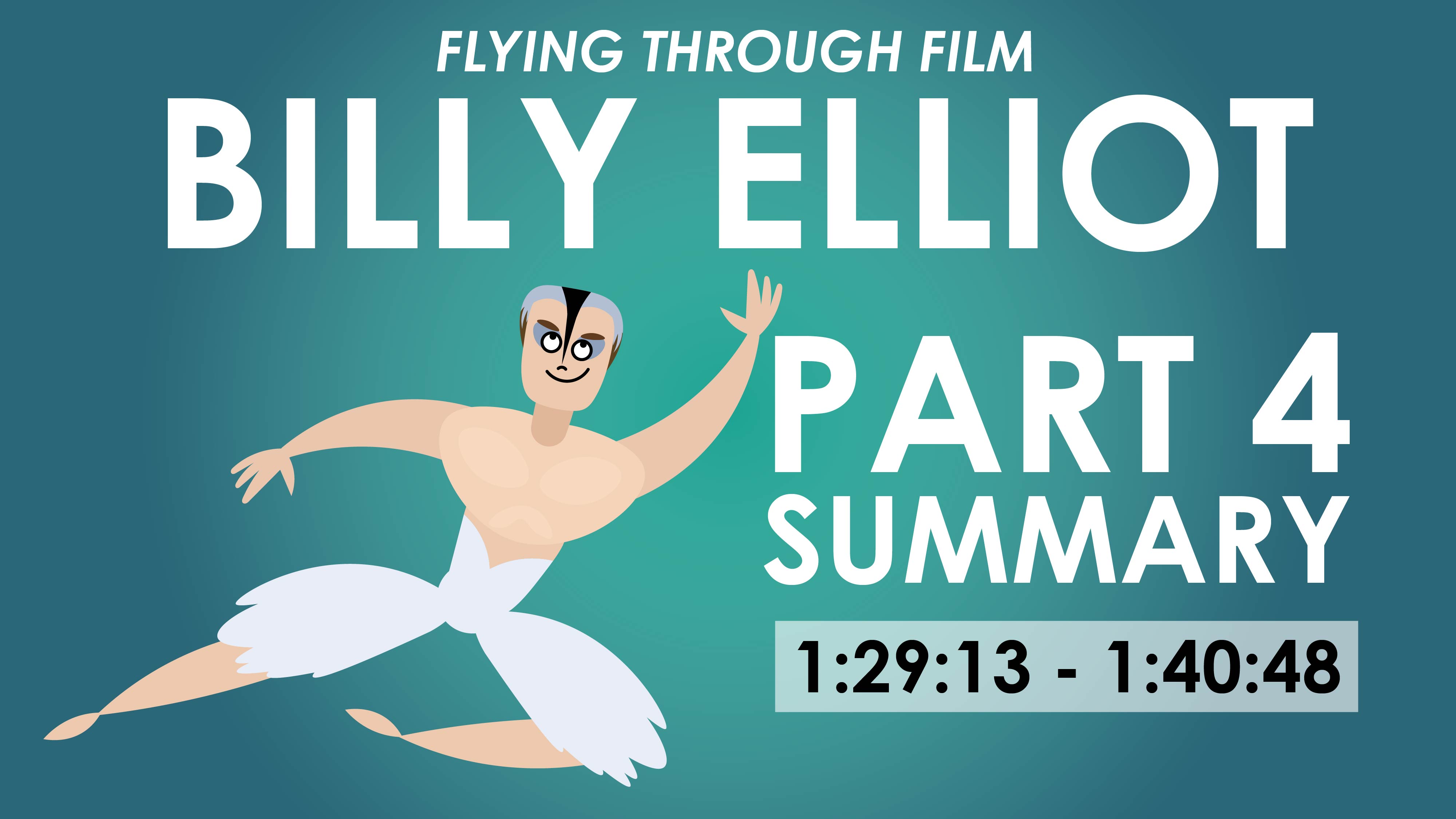
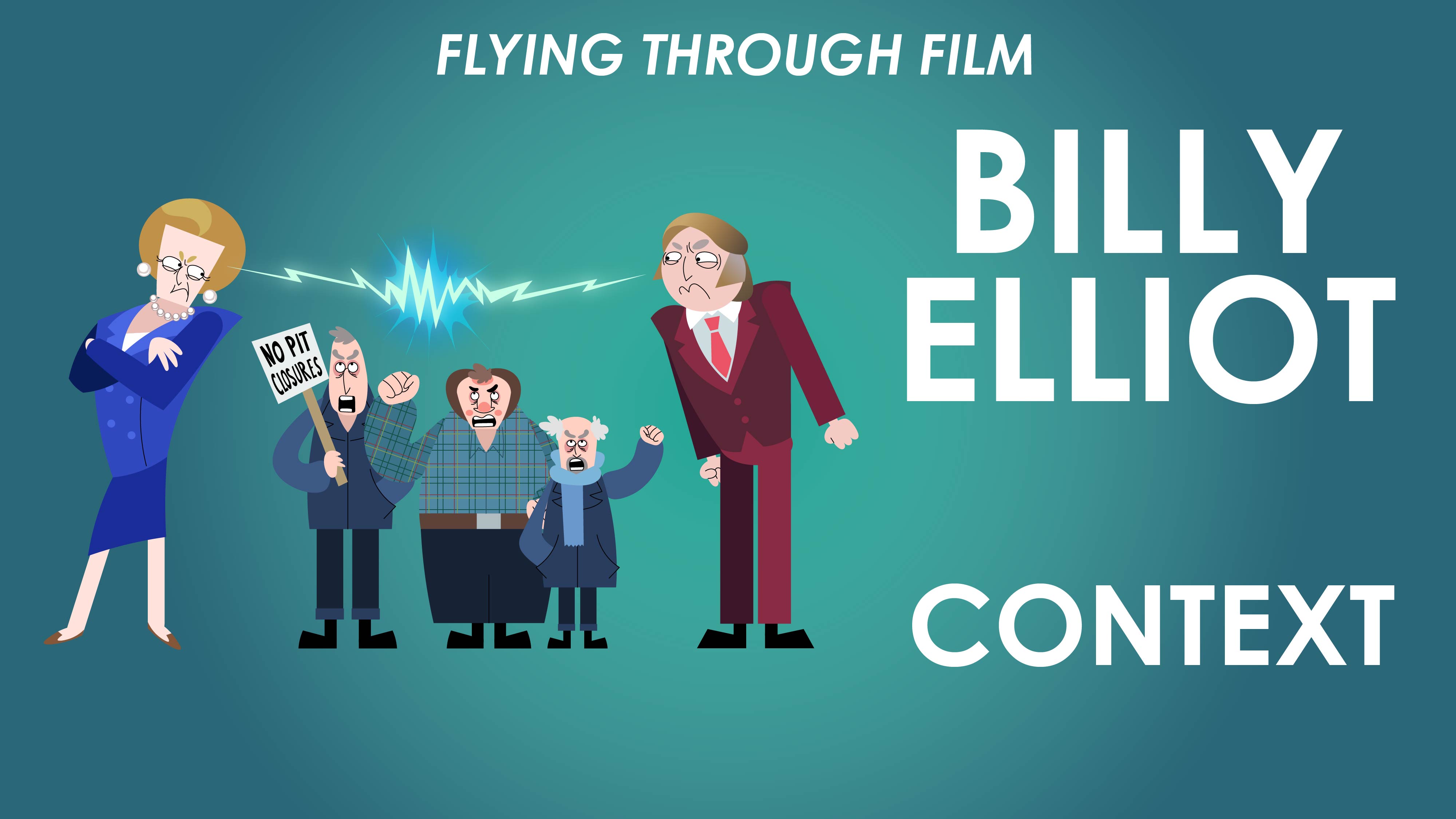
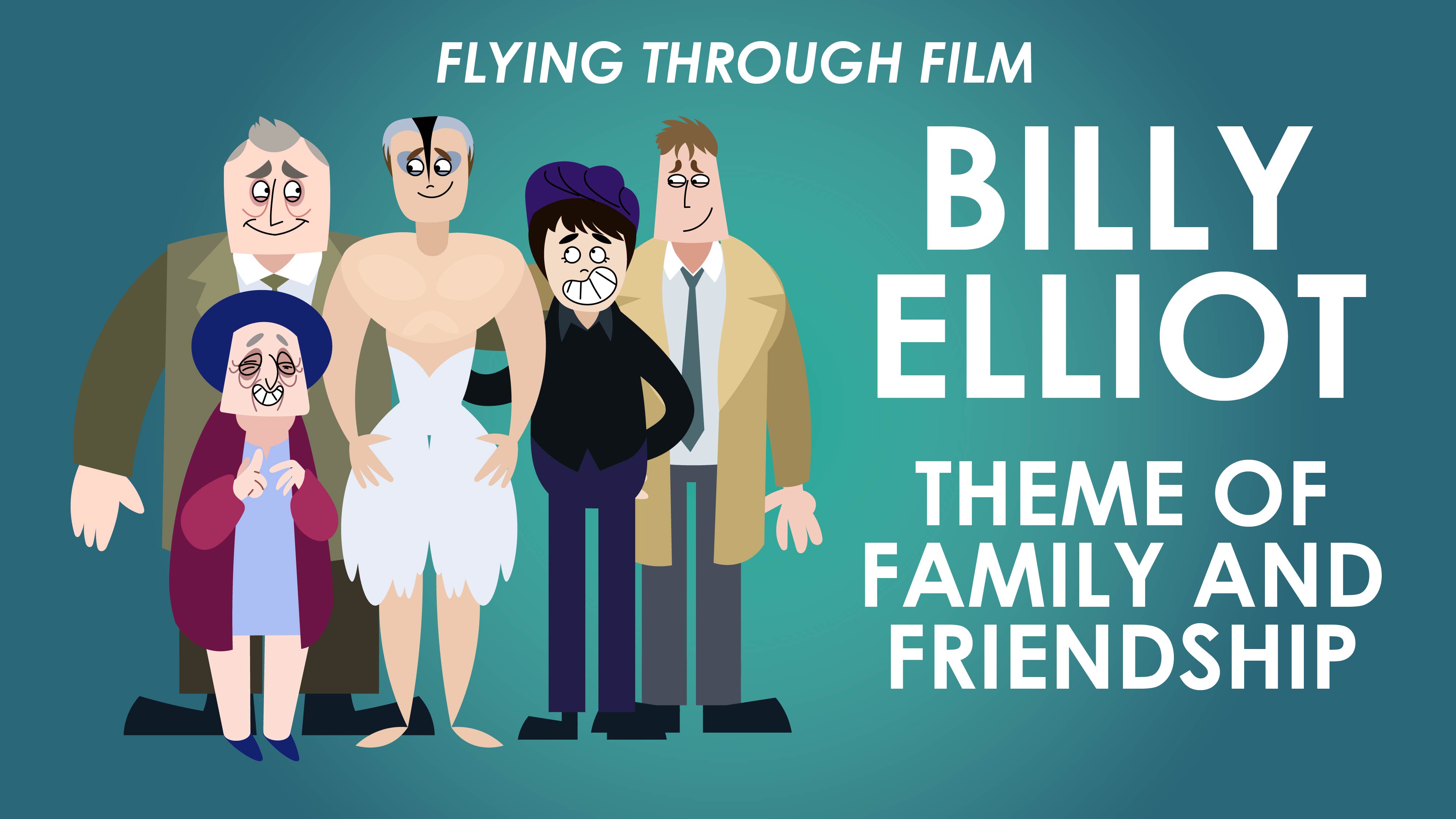

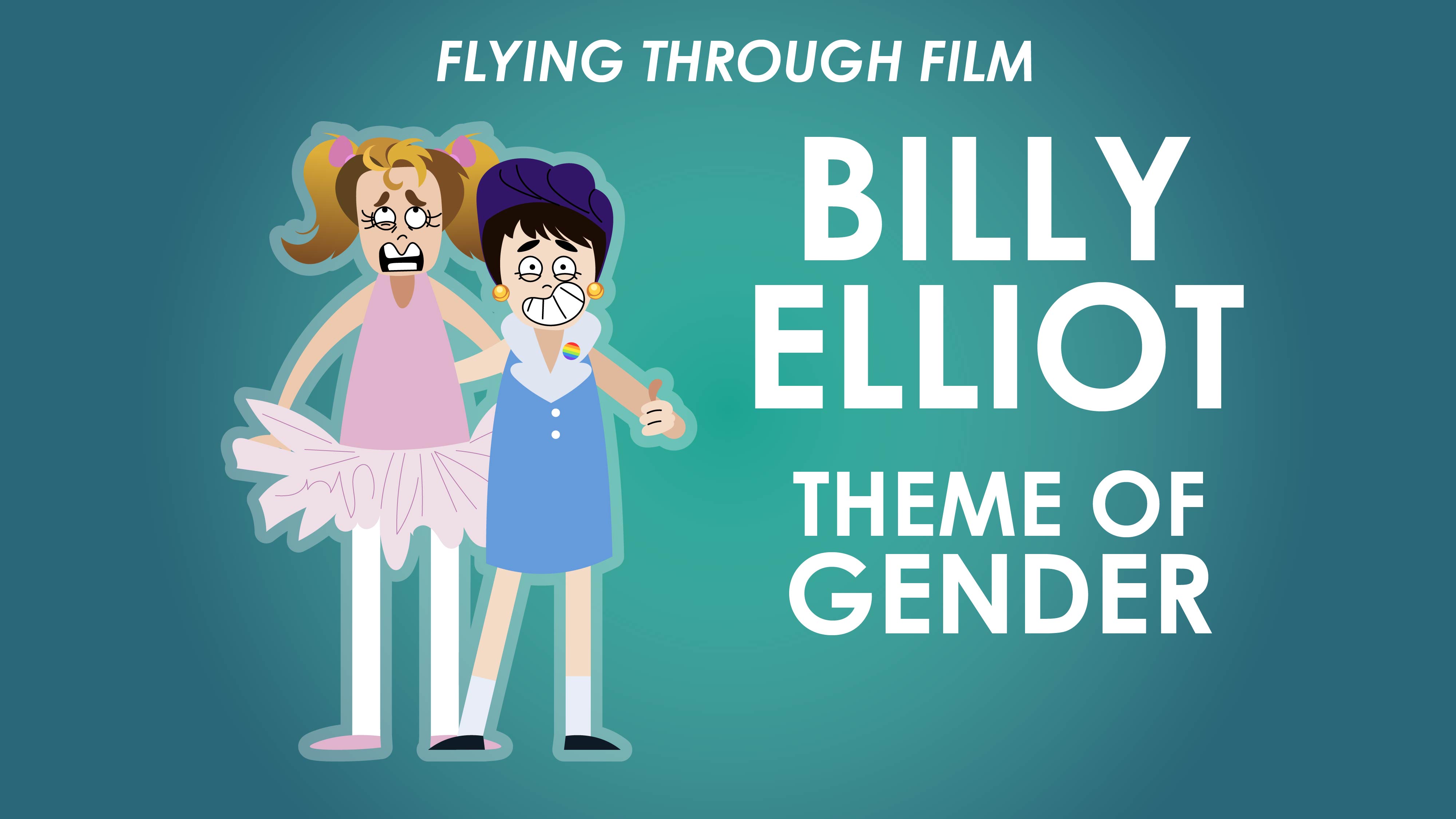
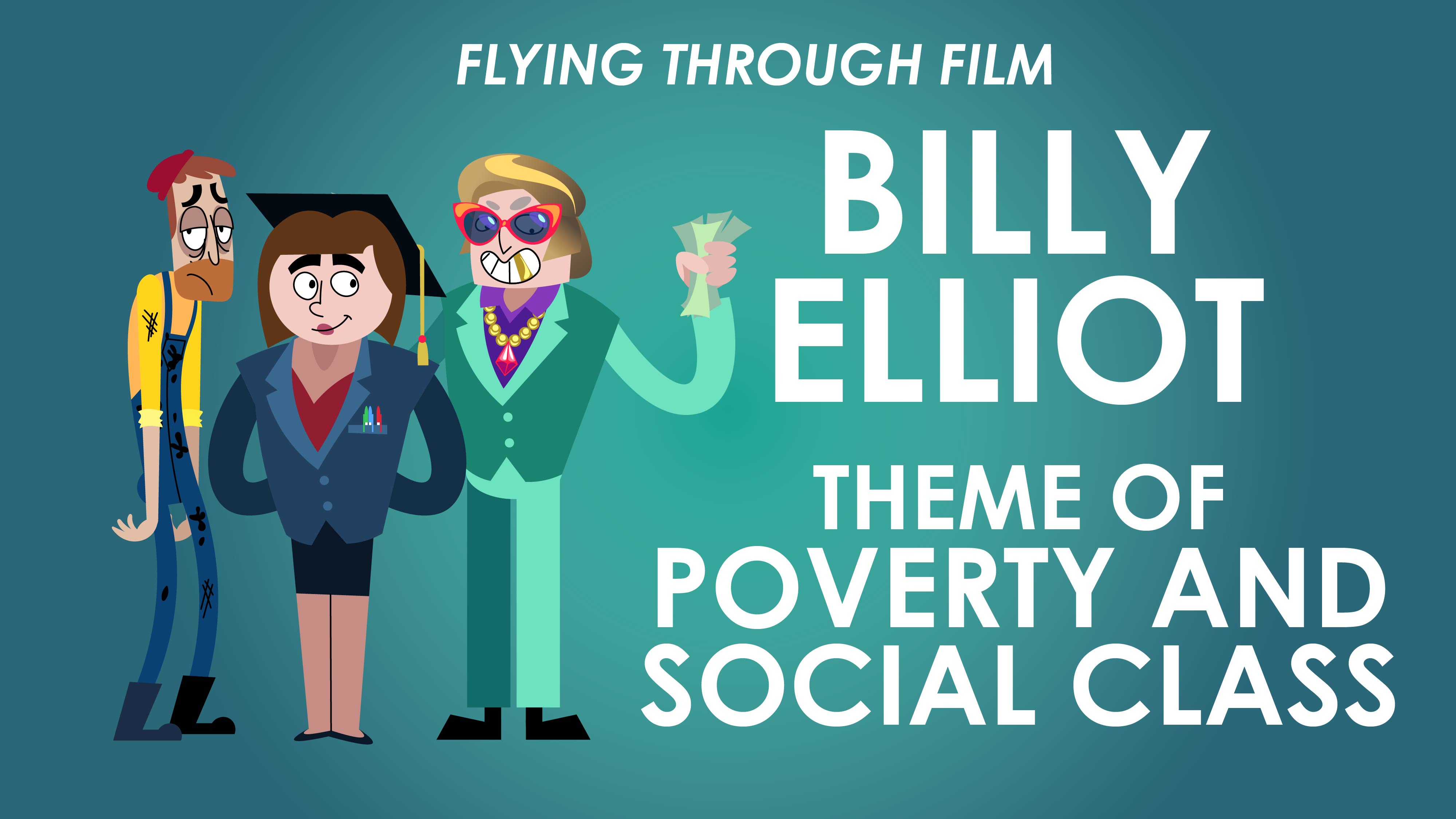

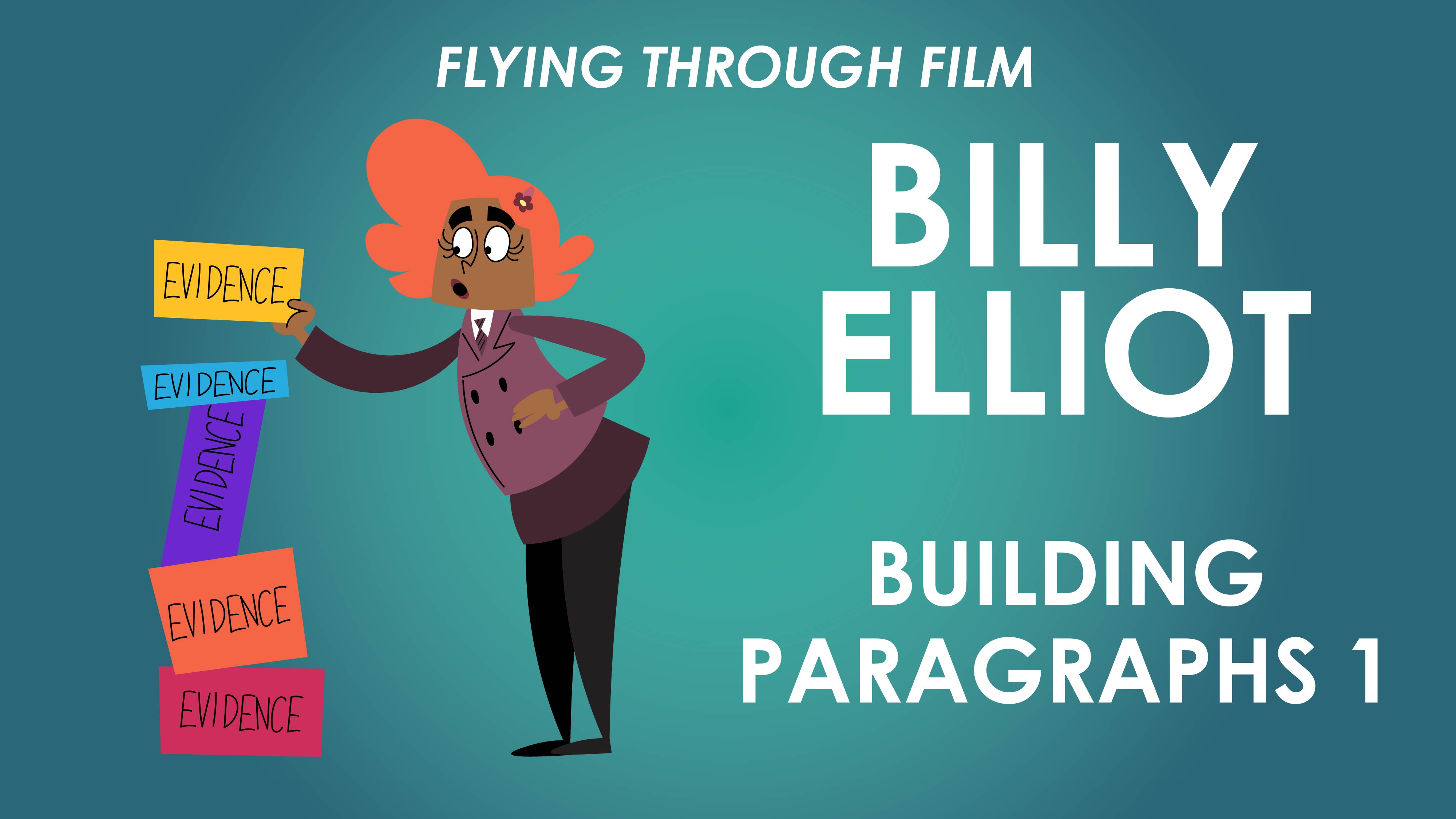

Share